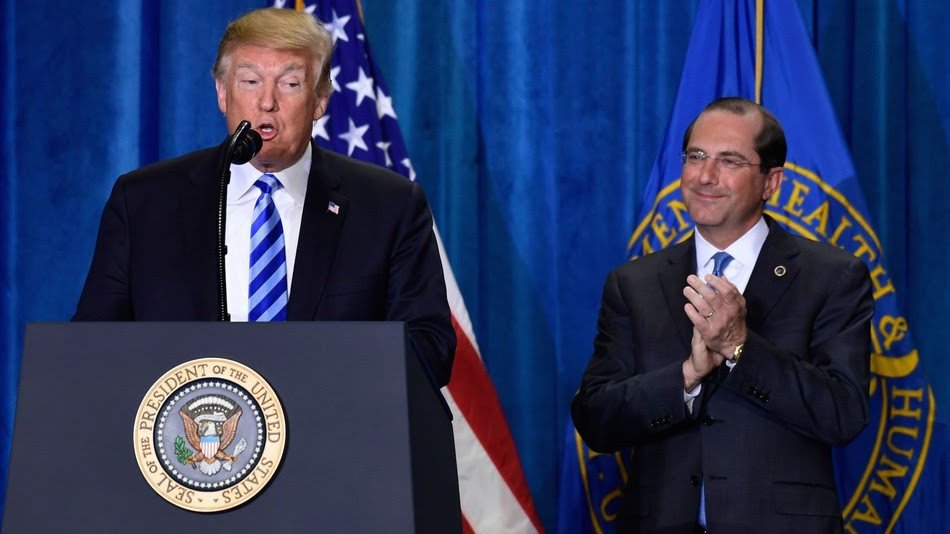Trump administration bans CDC from saying ‘diversity,’ transgender,’ ‘fetus,’ and more

The Trump administration has banned seven words from the Centers for Disease Control’s upcoming budget documents, the Washington Post reports. The words are “vulnerable,” “entitlement,” “diversity,” “transgender,” “fetus,” “evidence-based” and “science-based.”
CDC analysts were not given a reason for the banned words, they were simply informed of the new policy. Some phrases can be replaced or retooled, like by saying “CDC bases its recommendations on science in consideration with community standards and wishes” – an actual alternate phrase offered to CDC analysts in the first briefing about these words.
But not all the words are as easy to work around. It’s no secret that the current administration is anti-abortion and pushing back significantly in the fight for trans rights. Banning these words from CDC documentation directly affects communication around HIV/AIDS and the Zika virus, among others.
This isn’t the first attempt to curb the use of language that threatens the Trump administration’s regressive policies. In March, the U.S. Department of Health and Human Services (HHS) removed questions about sexual orientation and gender identity from two surveys of elderly people. The department also archived a webpage containing resources for LGBTQ+ people and their families.
On a more fundamental level, this aligns directly with the Trump administration’s mistrust of words and facts, and its tendency to dismiss whichever words and facts conflict with the administration’s views and messaging. The inclusion of “diversity,” “entitlement,” and “vulnerable” in the new list reflects this directly; it erases the words from relevant discourse and by extension threatens to sweep larger problems under the rug.
Matt Lloyd, an HHS spokesperson, said that the department “will continue to use the best scientific evidence available to improve the health of all Americans. HHS also strongly encourages the use of outcome and evidence data in program evaluations and budget decisions.”
[Mashable]